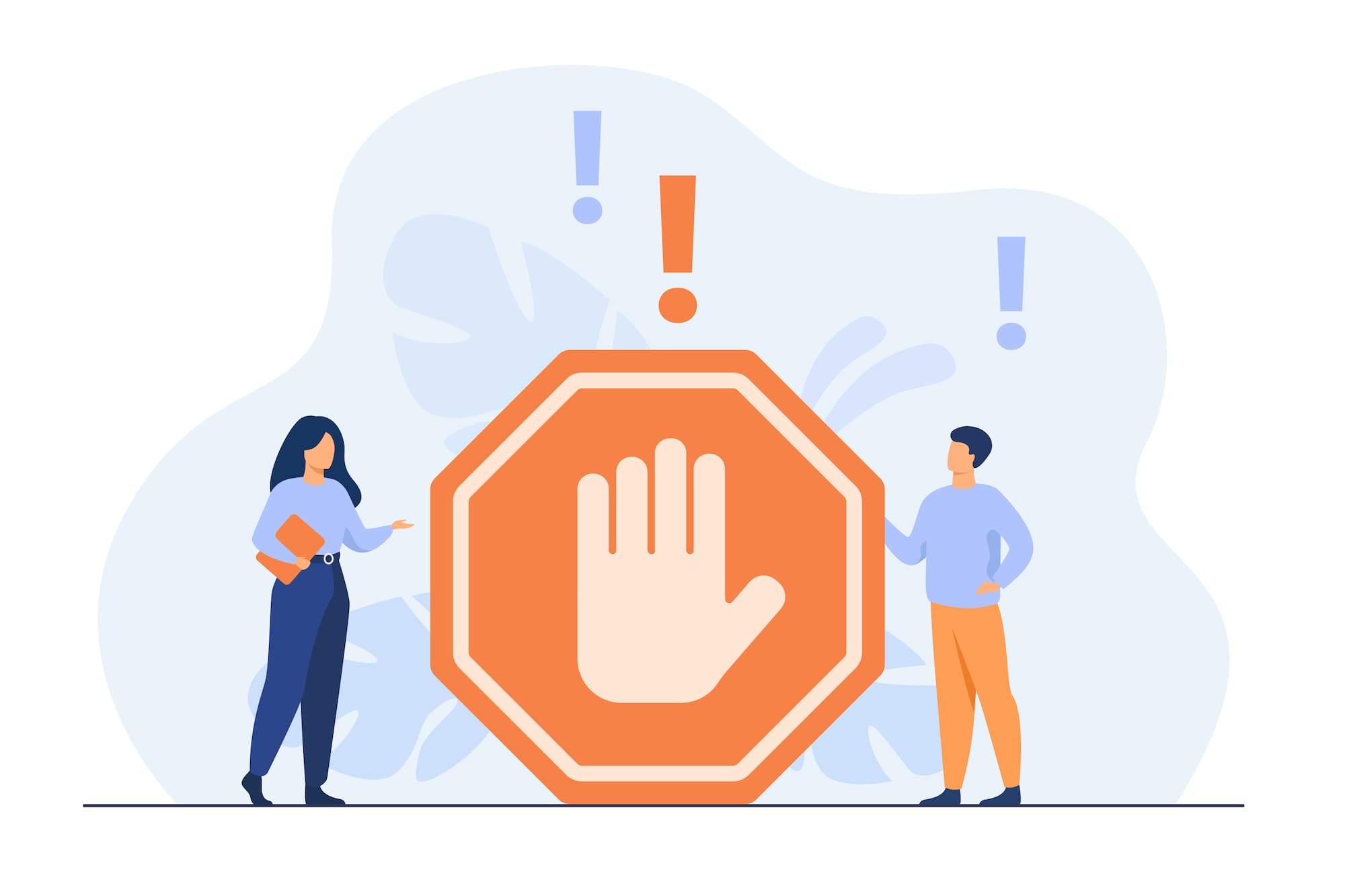In the digital age, communication has evolved exponentially. Text messaging has become the dominant form of communication for most people, whether they are sending quick updates to friends or corresponding with colleagues. However, as convenient as texting can be, it can also give rise to uncomfortable situations, particularly regarding harassment. Understanding whether you can file harassment charges for text messages is crucial in safeguarding your rights and well-being.
Harassment, broadly defined, involves a pattern of behavior intended to intimidate, annoy, or alarm another individual. When delving into the subject of harassment via text messages, it is essential to understand the nuances that differentiate legal harassment from mere annoyance. Not all unwelcome texts qualify as harassment, but persistent, unwanted communication can cross the line.
The first element to consider is the context of the messages. One-off messages, however inappropriate, might not rise to the level of harassment. Conversely, a series of threatening, menacing, or obscene texts may indeed warrant legal action. The intent behind the messages plays a significant role. Was the sender attempting to communicate a legitimate concern, or were they attempting to instill fear or distress? This distinction is paramount when it comes to legal definitions.
In many jurisdictions, harassment must meet specific criteria. Generally, you will need to demonstrate that the text messages were received repeatedly and that they caused substantial emotional distress. It is not merely about the content of the messages but their cumulative impact. A single egregious message could constitute harassment if it threatens physical safety, whereas a spate of annoying texts could just be considered irritating without legal standing.
Documentation is vital in any harassment case. Keeping a detailed record of each text message, including timestamps and any relevant context, is essential. Screenshots can serve as concrete evidence of the harassment, illustrating the persistent nature of the behavior. This documentation could provide the backbone of your case, demonstrating the volume and nature of the unwanted texts. Law enforcement and legal counsel will appreciate a well-documented account when assessing whether to pursue charges.
Another consideration is the nature of the relationship between the individuals involved. For instance, messages from a former partner, coworker, or acquaintance may hold different weight compared to those from a complete stranger. Courts may evaluate the relationship’s context, examining whether the sender’s behavior was a continuation of previous conduct. Are there patterns worth noting that suggest escalation or intent? A contextual analysis is often required to understand the entire situation.
If you find yourself the recipient of harassing texts, what steps should you take? First, cease all communication with the sender. Engaging with them could unintentionally validate their behavior, leading to further harassment. Secondly, inform trusted individuals about your situation. Opening up about harassment is often a pivotal step towards alleviating the emotional burden and receiving support. Furthermore, involving law enforcement can provide an additional layer of protection.
Legal avenues for addressing harassment can vary based on local laws. In many areas, victims can file police reports. The police may investigate the claims, and, if necessary, they can pursue charges against the perpetrator. Additionally, restraining orders can be sought, legally prohibiting the harasser from contacting or approaching the victim. This preemptive measure can safeguard your emotional and physical well-being.
Thinking beyond the legal implications, there are psychological ramifications of receiving harassing texts. Victims often experience anxiety, fear, and a sense of powerlessness. These emotions are valid and should be addressed. Seeking support from mental health professionals can be an essential part of the healing process. Harassment is not just about the text but the profound anxieties it can provoke in the individual on the receiving end.
As we navigate these serious issues, community awareness is vital. With the rise of digital communication, understanding the boundaries of acceptable contact is essential. Education on harassment, especially in a digital context, can empower potential victims while holding perpetrators accountable. Cultivating a culture that acknowledges the seriousness of harassment may deter inappropriate behavior, fostering safer communication environments.
In some cases, victims may feel hesitant to take action due to fears of retaliation or disbelief. These concerns underscore the importance of legal protections and societal support. While it may feel daunting, remember that silence often perpetuates the cycle of harassment. Seeking help is a courageous step, paving the way for both personal healing and broader change within communities.
In conclusion, the quest to ascertain whether one can file harassment charges for text messages is laden with complexities. It demands discernment, proper documentation, and an understanding of emotional and psychological ramifications. While navigating the digital landscape, it is essential to stand vigilant against harassment, armed with knowledge and support. By fostering awareness and encouraging open discussions about harassment, society can work towards creating a safer communication landscape where everyone’s rights are respected.
